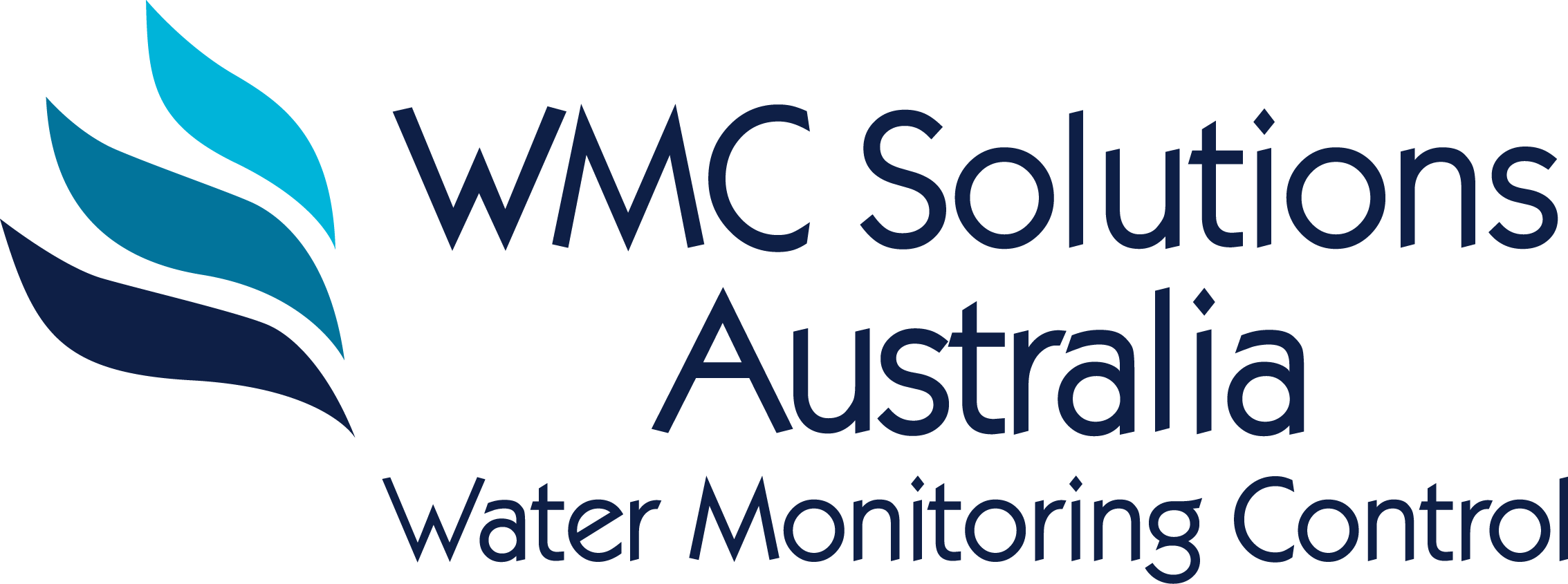Heron Weather Stations
To optimise your growing conditions, Heron supply a complete range of weather stations to integrate with our irrigation and environmental controllers. Heron weather stations can be customised to include the sensors you require. The most common configurations for the weather stations are detailed below and over the page.
Our weather stations will work with all Heron irrigation and environmental controllers. Data from the weather stations can be logged using Heron’s Ground Control software.

Full Weather Station – Irrigation
For irrigation applications, the full weather station provides the most accurate calculation of evapo-transpiration (ET) and hence the most accurate control of your irrigation schedule.

The complete weather station for irrigation applications includes the following sensors:
• Rain gauge
• Temperature
• Light
• Humidity
• Wind Speed & Direction
• The light and temperature sensors can initiate an irrigation sequence once a threshold has been reached
• The light sensor can control irrigation cycling by integrating the light power over time to give an energy level. Up to 8 energy level thresholds can be set to control 8 different irrigation programs
• The wind sensor can disable irrigation based on direction and speed
Basic Weather Station
The simplest weather station for ET calculation includes a rain gauge and a temperature sensor. This provides a simple inexpensive way to improve the efficiency of your irrigation. As with the full weather station, programs can be selectively included or excluded from being controlled by the ET values. The weather station can prevent irrigation for many days if there has been a period of high rain fall. Irrigation will be halted until the accumulated ET value over many days is equal to the rain fall count.

Weather Stations – Environmental
The full weather station for environmental control applications
includes the following sensors
• Raining
• Temperature
• Light
• Wind speed and wind direction
• The raining sensor will detect rain fall immediately so the vents can be closed.
• The temperature sensor is used to control thermal screen and has control over the vents on low temperature.
• Light power is used to control shading.
• Wind speed and direction will control the operation of vents.
This weather station is available in simpler configurations. A common simplified configuration for this weather station includes a wind speed, a wind direction and a raining sensor.


Wind Station
The Heron wind station consists of a wind direction, a wind speed sensor and the interface to connect to an irrigation controller.
This simple wind only weather station is ideal for applications such as dust suppression and controlling fountains.
Weather Station Sensor Specifications
Multiple controllers can share one weather station and/or sensors by using the Heron repeater boxes. The repeater bx can also be used to extend the distance that the weather station is mounted remotely from the controller. Usually the maximum cable run is 200 m of three core cable.
Proudly Distributed in Australia by
WMC Solutions Australia
Call Peter on 0403 314 454
Download the PDF







You must be logged in to post a comment.